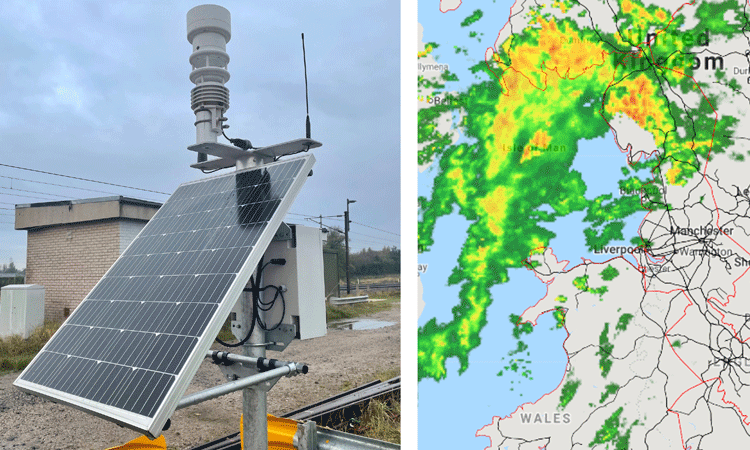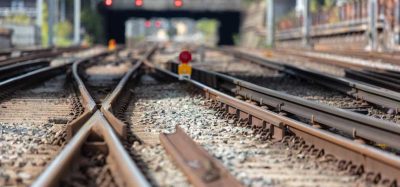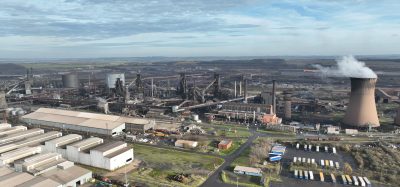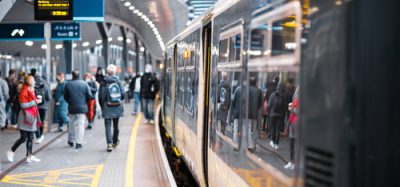Network Rail installs 60 new solar-powered weather watchers
Posted: 9 November 2021 | Global Railway Review | No comments yet
Network Rail has installed 60 new sustainably powered weather stations, to upkeep passenger and freight movement and safety throughout extreme weather events.


Weather station composite with heavy rain radar image. Credit: Network Rail
Sixty sustainably powered weather stations are now monitoring the railway between London Euston and Carlisle to keep passengers and freight moving safely.
Network Rail has installed the solar-powered weather watchers on the West Coast main line and across parts of the North West so engineers can react fast before and during extreme weather events.
The £1.3 million investment gives staff access to real-time data so response teams can be sent to the right place at the right time to quickly fix the railway.
The scientific surveillance stations measure:
- Wind speed and direction
- Wind gust and direction
- Air temperature
- Relative humidity
- Dew point
- Rain fall totals (precipitation rate and accumulation).
In the longer term the data gathered will help Network Rail weather experts to predict which parts of the network are more vulnerable to bad weather before it even hits.
Talisa Fletcher, Network Rail Service Delivery Manager said: “With extreme weather incidents increasing we’ve invested £1.3 million to improve our weather monitoring capabilities on the West Coast main line and in the north west.
“Our solar-powered weather stations will help us to better understand weather patterns and during stormy weather we can send our response teams to where they’re most needed, which will help us to reduce disruption and keep passengers safe.”
Since 2015 in Network Rail’s North West and Central region, extreme weather has caused half a million minutes of train delays – or more than 400 days.
But this innovative new technology aims to better prepare Network Rail to stay one step ahead of our changing climate, reducing delays so it can get people and goods to where they need to be.
Rail travel is the greenest form of public transport, one passenger train can take up to 500 cars off the road, and one freight train is equivalent to an average of 76 lorries.
Related topics
Adverse Weather, Passenger Experience/Satisfaction, Real-Time Passenger Information (RTPI), Route Development, Safety, Signalling, Control & Communications, Sustainability/Decarbonisation








